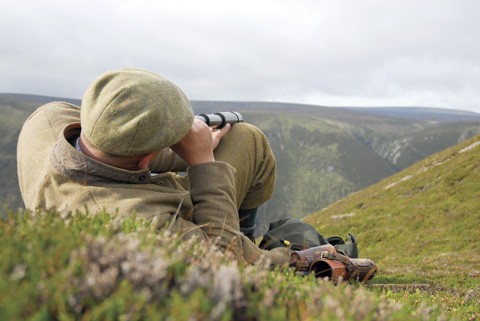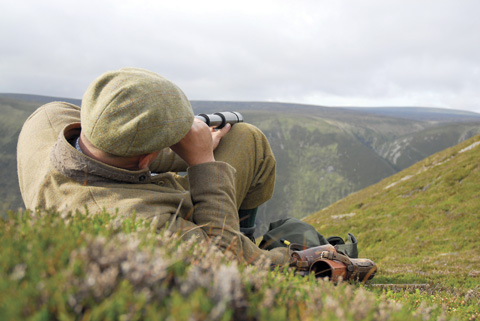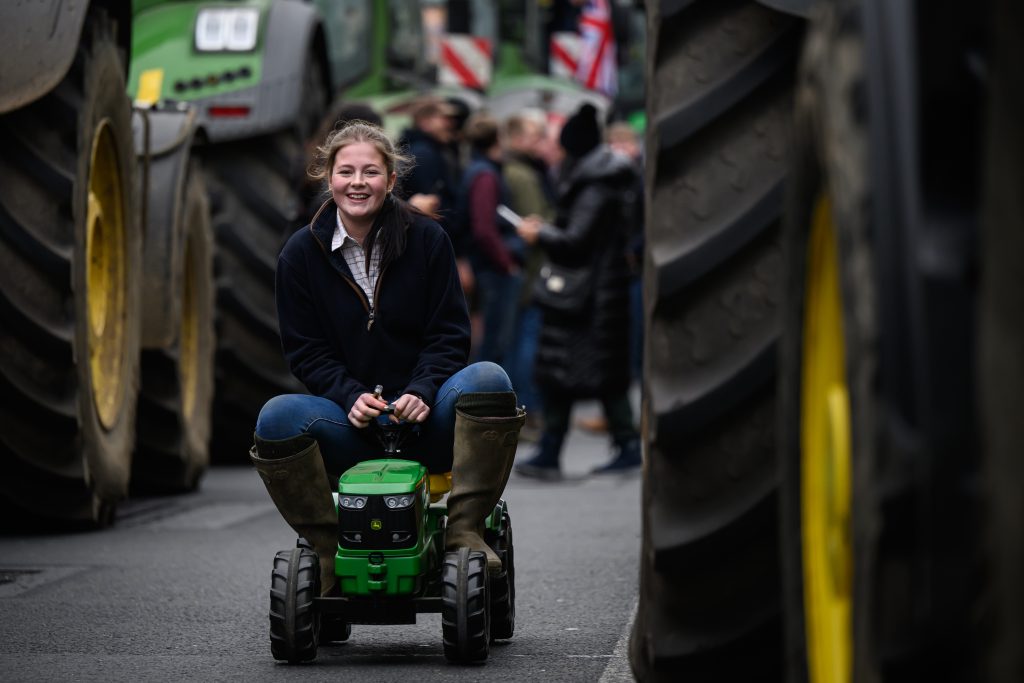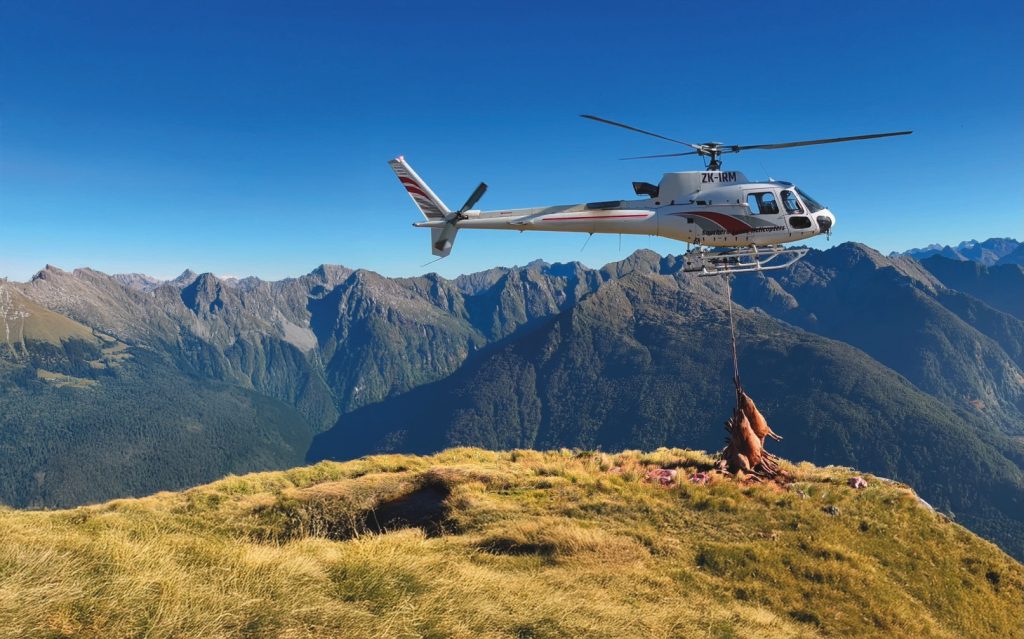Win CENS ProFlex DX5 earplugs worth £1,149 – enter here
Long-range shooting is not sporting
Long-range shooting: Long-range shooting does not make a good shot.

There is a great deal of talk about ultra long-range shooting these days.
It has led to a fashion for heavier and heavier hunting rifles and all sorts of specialist kit.
Certain calibres, such as 6.5s of various sorts and .338s, have become especially trendy and I confess to owning both.
However, as far as live quarry is concerned, I am a little worried that we may be tempted to take shots now that are simply too long to be sporting.
Once you start taking deer beyond 300 yards you cannot be sure of the result whatever the kit, if you are hunting in an ethical manner allowing fair chase.
My own philosophy is to never take a shot at any large creature – save perhaps a driven boar – of which you cannot be absolutely certain.
Now, I don’t want to be prissy or preachy here, I just think we should all consider what we do carefully, and make sure we can justify it.
I like to move in close on deer whenever possible, and 150 yards is a long shot in my book.
Most of my woodland stalking shots are taken at less than 100 yards.
I enjoy the effort and skill that goes into a good stalk.
I like relatively light, handy rifles as practical tools.
On the hill in Scotland, ranges will increase and 125-250 yards would probably be the norm.
Occasionally, a longer shot might properly be taken.
In Africa on plains game I will, from a dead rest or bipod, shoot springbok and similar out to 350 yards.
In all these cases I am within some sort of comfort zone.
And in Africa I will be using different kit which is geared to long-range shooting.
I get quite worked up when I hear of people claiming to have taken shots at 500 or 600 yards or more.
In my childhood, Elmer Keith, the famous, vertically-challenged American gun writer used to boast of extraordinary long-distance shots, not least with his .45 single action revolvers.
And many modern American hunting writers talk of kills between 500 and 1,000 yards as if it is was something admirable.
I don’t think it is, anymore than I favour hunting routinely with a trophy tape measure.
Moreover, such practices would be very hard to defend to a sceptical media and public.
Long-range shooting
Where did the craze for long-range shooting come from? Well, it depends how far you want to go back.
If you consult the records of J.Rigby & Co. you will see that telescopic sights on small calibre, high velocity rifles were already becoming popular in the late Victorian era.
Telescopic sights came to public attention in the American Civil War, but my experience of using one from this era on a Whitworth rifle was that it was ineffective because of the trajectory of the weapon and the limited field of view of the crude optic.
Nevertheless, long-range shooting with rifled arms became the norm in this era.
Blackpowder gave way to nitro in the second half of the 19th century, and small calibre, faster and flatter shooting military and sporting rifles began to displace large calibre ones.
Telescopic sights were surprisingly common on up-market small and mid calibre rifles by 1900.

Sniping was further developed during the First World War – often adapting sporting weapons to the grim purpose.
During the Second World War the whole business became more scientific, with firms like Holland & Holland using their expertise in the British case to improve the technology.
Sniping weapons in this era were usually based on modifications of basic service rifles like the No.4 and K98.
Post-war hunting
After 1945 many returning GIs – all trained up as riflemen – decided to take up recreational hunting in the post-war US leisure boom.
Whereas previously iron sighted 30-30 Winchesters were just about ubiquitous for American deer hunters, military style bolt action guns came into vogue, especially guns with telescopic sights and higher combed stocks with cheek-pieces.
Those who could not afford a new Model 70 in an exciting calibre like .270 Winchester bought military surplus rifles and ‘sporterised’ them with retro-fit stocks and a scope.
Real enthusiasts might re-barrel the guns as well, allowing for calibre changes.
The age of the ‘hunter-sniper’ had firmly arrived.
Roy Weatherby introduced all sorts of flat shooting and powerful cartridges and a glossy new style of ‘California’ rifle to accommodate them.
Major mass-producers like Winchester and Remington were not far behind.
Winchester introduced their .264 (a 6.5) Magnum in 1959 and their wonderful and very versatile .300 Win Mag four years later.
Remington came out with their Weatherby influenced, but economically produced, Model 700 in 1962, and, a spanking new high performance cartridge to go with it – the 7mm Rem Mag. Pennsylvania and Western deer hunters had never had it so good.
As these guns arrived, more and more tales of 300, 400 and 500 yard deer kills appeared in the US shooting press.
Stalking in the UK, meantime, was a fairly elite activity and most people stuck to their Rigby .275s, Mannlicher-Schönauer 6.5x54s and Holland & Holland .240s, and .244s.
A significant number of the new Winchester .243s (a necked down .308 introduced in 1955) and .270s began to be seen as well.
Vietnam did something to stimulate interest in sniping again but the effects on the civilian shooting community were surprisingly limited.
The same cannot be said of recent conflicts in Iraq and Afghanistan.
There is colossal, mainstream, popular interest in sniping now – one even reads of 2,000-yard kills in the tabloid press.
All sorts of new military kit is being produced and a whole mini-industry has grown up around building a new style of ‘sporting’ rifle for civilian shooters as well.
It has been much influenced by such weapons as Accuracy International’s famous L96A1 and AW rifles developed by a design team led by a brilliant target shooter and double Olympic medallist – the late Malcolm Cooper MBE.
Guns built for sniping
The Accuracy International rifle is especially interesting in being one of the first weapons designed from scratch for sniping rather than being an adaptation of an existing design.
What the design proved in particular was how much consistent performance could be improved by a rigid chassis stock design.
Glass bedding using new epoxy resins had been introduced in the 1960s but the AI stock was in a different league for stiffness and weather-proofing.
Very good barrels were becoming generally available.
Ultra performance became consistently possible and interest in things like F-class target matches has exploded.
As this happened there was obviously an impact on live quarry shooting too.
It was first apparent in foxing which had become a defined speciality thanks to likes of Bob Bucknell and company.
These boys developed means to reach out further with the justifiable purpose of vermin destruction.
I have no problem with someone long-range shooting a fox off the bonnet of a vehicle or from a rest at 350 or even 400 yards.
A 12-15lb rifle with massive scope and moderator may suit this purpose.
I start to get worried, though, when I see stalking calibre rifles being made in similar form.
Deer should not be shot with sniper rifles in my opinion.
One, it looks a bit too Ramboesque, two, how on earth can you go real stalking with a bull-barrelled 12lb plus rifle with all the currently fashionable bells and whistles? You can’t.
You can sit in a high seat with it.
You can shoot from a vehicle.
But, you can’t walk and stalk for any distance, or climb a significant hill.
A lightweight moderator and bipod can make sense for stalking, and I am a great fan of synthetic and laminate stocks, as I am of stainless barrels.
The complete package with scope must not weigh much more than nine pounds.
The new technology, properly applied, allows us to be better stalkers, and it allows us to extend ranges to a degree.
Improved scope sights also buy extra time.
We should resist the temptation to think of ourselves as snipers, though, and remember that we are hunters obligated to take minimum risk with consistent bullet placement.
British deer
I feel confident to shoot British deer out to 250 yards as noted, though closer is usually better.
I might go to 300 yards if conditions were perfect and I knew the rifle and its cartridge.
That’s it. No further – ever. Too many variables start to creep into the equation if you become a ballistic optimist.
I also feel it is a pity that we are not using the new rifle technology more to make better, lighter, rifles – rifles dedicated to practical stalking purpose.
I acknowledge the professional deer manager and sport stalker may have different needs.
The sport stalker, who really wants to get the most from his hunting, though, should be encouraged to improve his field craft and get in as close as possible.
I have no problem if he is doing this with an off the shelf rifle, London’s best, or a custom-made job.
Whatever floats your boat and does the job.
But, be sensible – don’t go too heavy and don’t shoot too far.
Related Articles
Get the latest news delivered direct to your door
Subscribe to Shooting Times & Country
Discover the ultimate companion for field sports enthusiasts with Shooting Times & Country Magazine, the UK’s leading weekly publication that has been at the forefront of shooting culture since 1882. Subscribers gain access to expert tips, comprehensive gear reviews, seasonal advice and a vibrant community of like-minded shooters.
Save on shop price when you subscribe with weekly issues featuring in-depth articles on gundog training, exclusive member offers and access to the digital back issue library. A Shooting Times & Country subscription is more than a magazine, don’t just read about the countryside; immerse yourself in its most authoritative and engaging publication.







